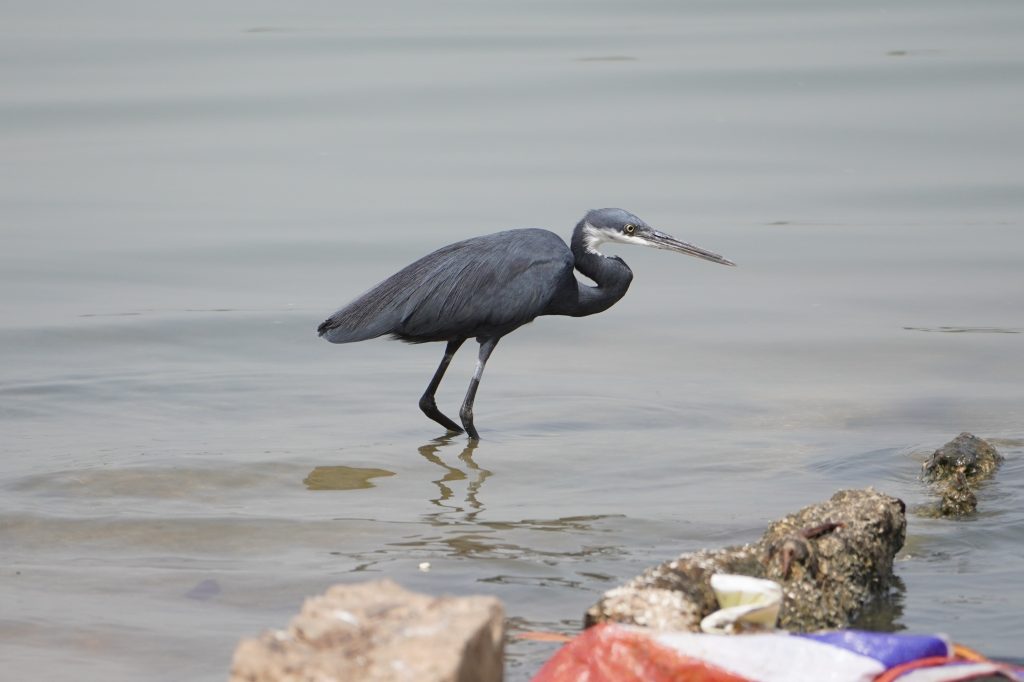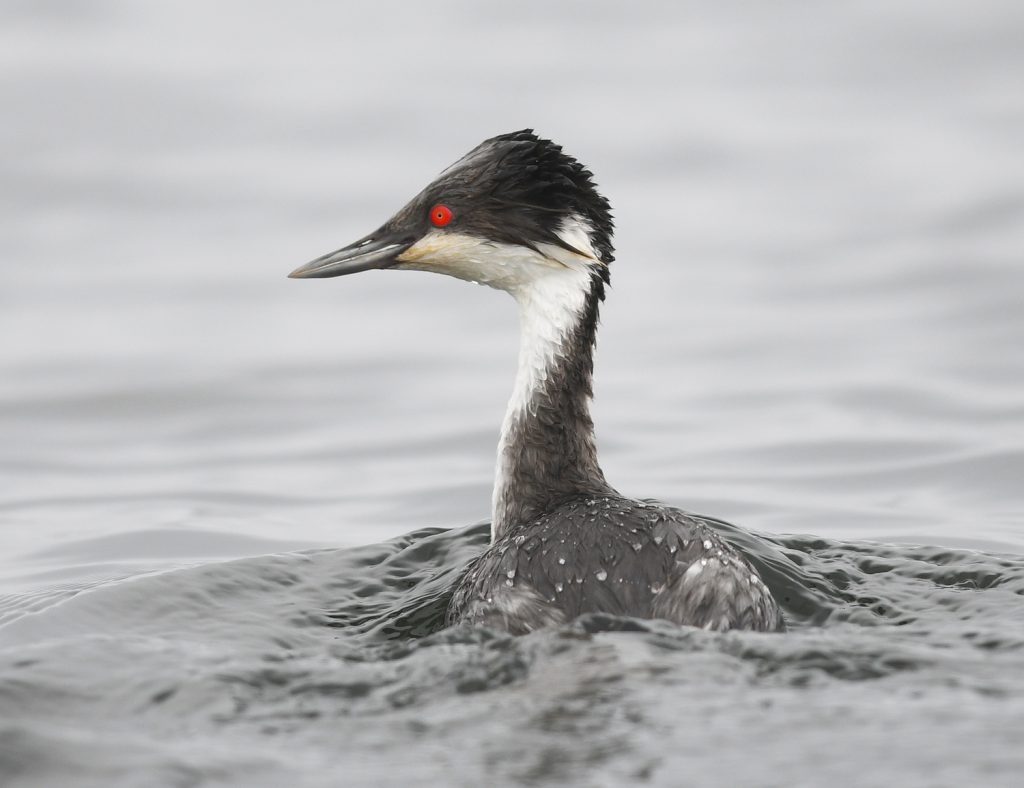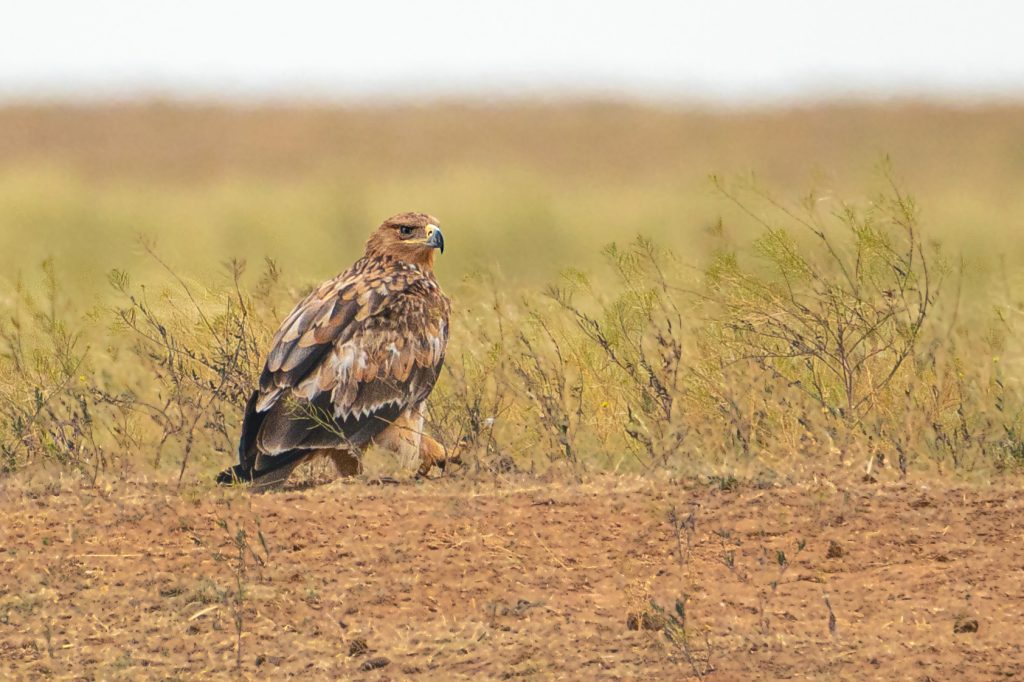As we celebrate World Wetlands Day, it is crucial to recognize the immense importance of preserving wetlands, which provide a wide array of beneficial services for people and wildlife. Wetlands are highly productive and biologically diverse systems that are vital in enhancing water quality, controlling erosion, maintaining stream flows, and sequestering carbon. They also serve as a critical habitat for fish, waterfowl, and other wildlife, purify polluted waters, and help mitigate the destructive power of floods and storms.
Despite its multiple benefits for the environment and people, wetlands are threatened by various human activities, including urbanism, logging, agriculture, and hydrologic alterations. One of the key aspects of preserving wetlands is their role in maintaining biodiversity and the ecological balance of our planet. Wetlands provide essential breeding, nesting, feeding, and overwintering habitat for a wide range of species, amongst them threatened and endangered species, making their preservation vital for global biodiversity conservation. Furthermore, wetlands are essential for migratory birds, offering crucial resting and feeding grounds during their long journeys.
To address the need to protect wetlands, in 1971, the Convention on Wetlands, called the Ramsar Convention, was adopted, providing the framework for national action and international cooperation for the conservation and wise use of wetlands and their resources.[1] Ramsar Sites are designated based on the Criteria for identifying Wetlands of International Importance. Though having their criteria, Ramsar Sites have a close and significant connection with Key Biodiversity Areas or KBAs[2].
The crucial connection between KBAs and Ramsar Sites lies in the strong overlap in criteria between the two. Hence, KBAs can offer information about sites that may be suitable for Ramsar designation. In that sense, many KBAs overlap with Ramsar Sites, highlighting wetlands’ critical role in preserving biodiversity. An example of sites designated as Ramsar Sites and KBAs are the Densu Delta Ramsar Site in Ghana, the Lake Junín Site in Peru, and the Jubo Ramsar Site in Pakistan.
Ghana’s Densu Delta Ramsar Site comprises an open lagoon, saltpans, freshwater marsh, scrub, and sand-dunes. It was designated a Ramsar Site in 1992 and qualifies as a Key Biodiversity Area of international significance. The site is threatened by increasing urbanization, with uncontrolled and unauthorized housing development resulting in habitat destruction[3].

Lake Junín, located in the Andean highlands of Peru, is a significant Ramsar Site and Key Biodiversity Area (KBA). This lake is renowned for its abundance and diversity of waterbirds, serving as a critical habitat for various breeding, staging, and wintering species. Notably, it supports the entire global population of three species or subspecies: the Junín Grebe (Podiceps taczanowskii), Junín Rail (Laterallus tuerosi), and the endemic subspecies of the White-tufted Grebe (Rollandia rolland)[4].

The Jubo Ramsar Site in Pakistan is a Key Biodiversity Area of international significance because it meets one or more Alliance for Zero Extinction sites and Key Biodiversity Areas. It is a terrestrial and freshwater system with an altitude ranging from 0 to 0 meters and an area of 5,276 hectares. The site holds species at risk of extinction or ecosystems at risk of collapse[5].

World Wetlands Day serves as a reminder of the invaluable services wetlands provide to both people and wildlife. Preserving these vital ecosystems is essential for maintaining biodiversity, mitigating climate change, and ensuring the well-being of present and future generations. We must continue to raise awareness and take concrete actions to protect and conserve wetlands for the benefit of all life on Earth.
[1] Wildlife Practice. February 2017. Technical Paper: The relationship between Key Biodiversity Areas and other designations. https://kbacanada.org/wp-content/uploads/2022/09/WWF2017_Technical-Paper-The-Relationship-Between-KBAs-and-Other-Designations.pdf
[2] KBAs are sites that contribute significantly to the global persistence of biodiversity and are identified under the “A Global Standard for the Identification of Key Biodiversity Areas” approved by the International Union for Conservation of Nature (IUCN).
[3] Key Biodiversity Areas Partnership (2024) Key Biodiversity Areas factsheet: Densu Delta Ramsar Site and vicinity. Extracted from the World Database of Key Biodiversity Areas. https://www.keybiodiversityareas.org/site/factsheet/6342
[4] Key Biodiversity Areas Partnership (2024) Key Biodiversity Areas factsheet: Lago de Junín. Extracted from the World Database of Key Biodiversity Areas. https://www.keybiodiversityareas.org/site/factsheet/14788
[5] Key Biodiversity Areas Partnership (2024) Key Biodiversity Areas factsheet: Jubo Ramsar Site. Extracted from the World Database of Key Biodiversity Areas. https://www.keybiodiversityareas.org/site/factsheet/16448